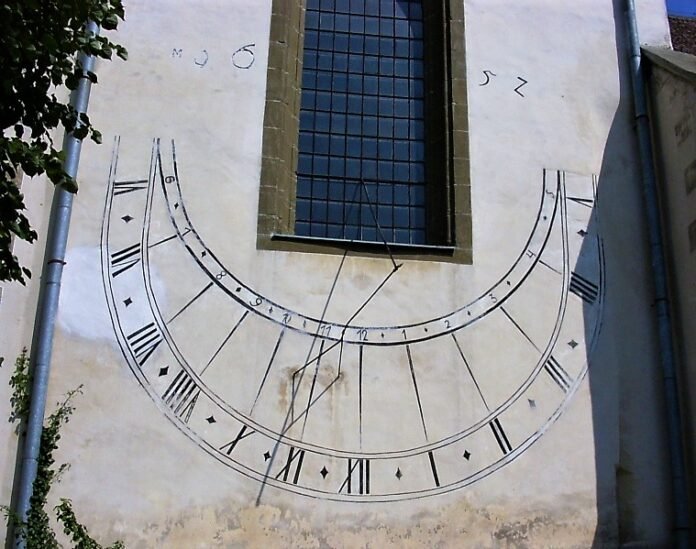Time and it’s history, let’s look to this articles and find out something new.
Time in history
Time measurement has been an integral part of human development. Have you ever wondered how the human world began using a standardized clock, with the numbers 1 to 12 in a circular deign? Of course, people did not always use this modern clockwork, but had so many interesting ways of telling the time. This standardized time was a nineteenth century phenomenon, during the colonial period.
These mass-produced clocks and watches became important, as with the Western world, the industries, factories, and working hours needed to be more and more scheduled. It became more important with the rise of other technologies like the railways and the telegraph.
Between the ancient calendars and measurement systems and the modern and high-precision GPS linked clocks, there were amazing and interesting types of time measurements that must be mentioned.
ANCIENT EGYPT
The ancient Egyptians are known in history for developing a system for measuring the passing of days and nights. They fomulated a civil calendar, more than 5,000 years ago. The calendar had 12 months of 30 days, with five days added to approximate the solar year. A period of 10 days was marked by the appearance of special star groups (constellations) called decans.
The time measurement was heavily influenced by the annual flooding of the Nile river. A system of 12 intervals of darkness and daylight became like temporal hours with varying lengths od fays and nights with passing seasons.
EARLY INDIA
Ancient and medieval Indians used a water clock known as a “ghatika yantra” to measure time. The day and night was divided into sixty parts, each of which was called a ghari. The whole of night and day was divided into four parts known as ‘pahar.’

Ghariyals were appointed to measure time in important centres. Basically, a vessel with a hole on it bottom would be placed over another big vessel containing water. A thick brass disc hung at a high place with a mallet, which was struck as the smaller vessel would fill with water.
Candle Clocks
A candle clock was typically used as early as 500 AD in China, where time would be measured by a burning candle. The marks of measurements would be determined by how much the candle has burnt.

SUNDIALS
These are quite well-known time measuring instruments that appear in old places in various sizes. As the name suggests, these clocks used shadow and sunlight to measure time. A circular shape, like the modern clock would be divided into 12 equal parts, and the shadow to a central, external object would be looked at for measuring hours of the day.

PENDULUM CLOCKS
The pendulum clock was a major shift in accuracy. This type of clock became popular through the famous scientist Galileo, but was first officially known to be invented by the Dutch Scientist Christian Hyugyens in 1656.
In 1656,after Galileo’s death, Christian Huygens incorporated the pendulum for a weight-driven clock with a crown wheel escapement. Thus, he invented the first pendulum clock.
A pendulum clock is one made out of weights suspended on a wooden or metal rod. Heavier weights increase the accuracy of a pendulum. The pendulum is kept in its momentum with the help of an escapement. Each time the pendulum swings through its center position, it releases a tooth of the escape wheel.
GRANDFATHER CLOCKS
Grandfather clocks are tall, standing clocks almost 6-8 feet tall. These clocks use the pendulum clock’s mechanism on a larger scale, and became a sign of culture and wealth of the household after the invention of the pendulum clocks.
MARKET FOR TIMEPIECES
In the 19th century, owing to needs of railways and time accuracy and more importantly standardization of time, low cost manufacture of clock gained a huge market. Investors tried to create clocks made of wood, to cut down heavily on expenses. Alongside, replaceable parts were separately manufactured.
As the demand of the industrail growth rose, standardized clocks were used more and more in the U.S. and Europe, and eventually to the rest of the world.













































